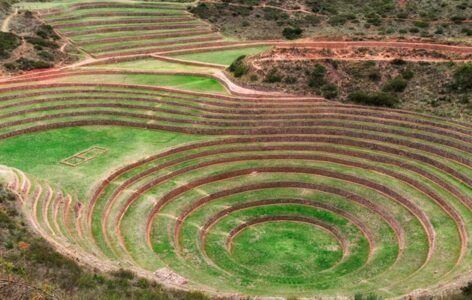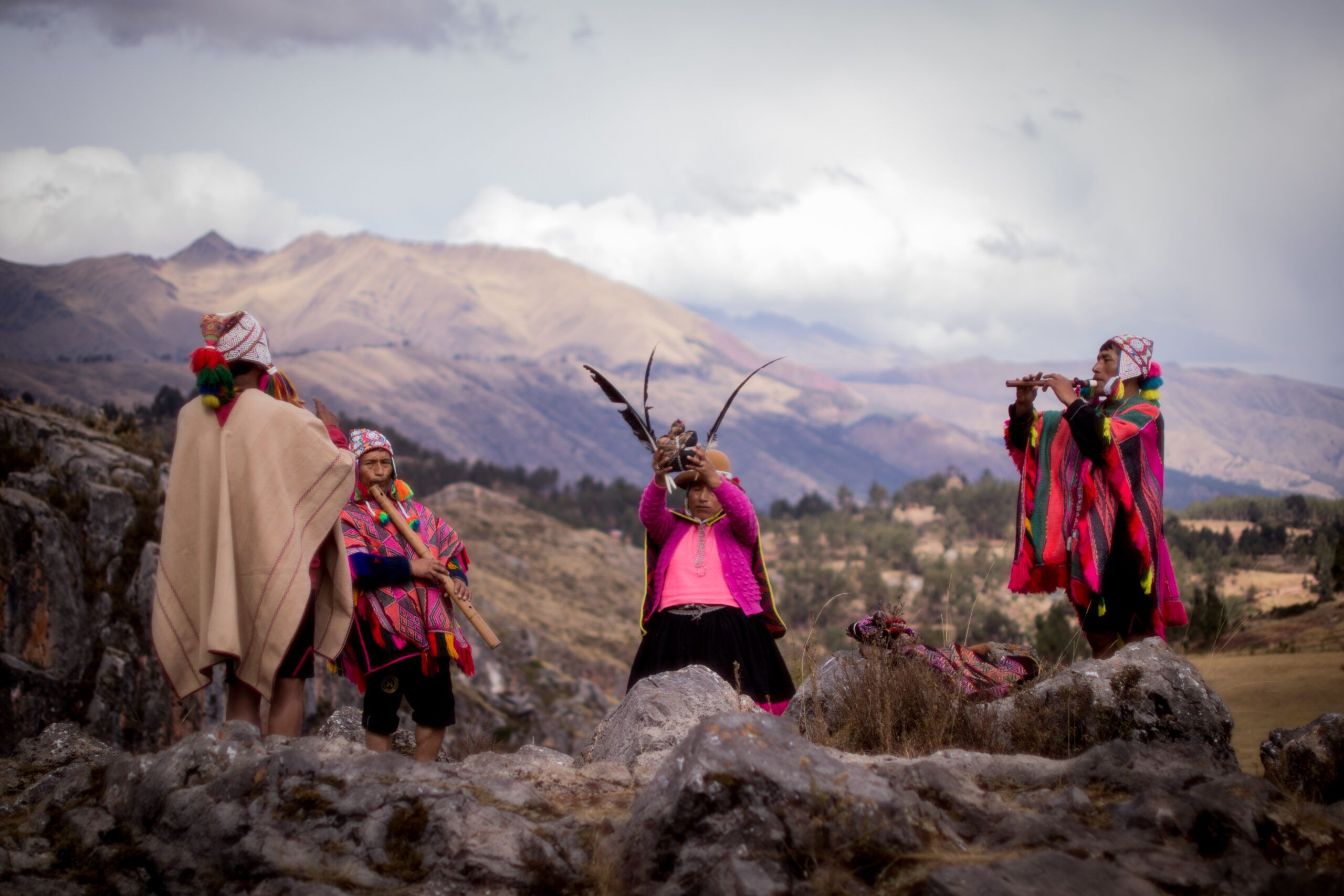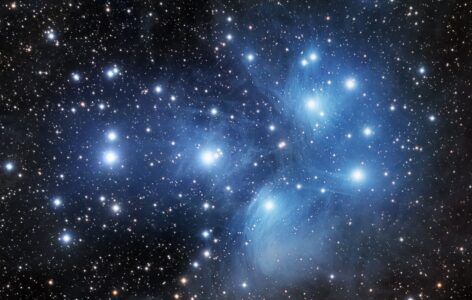Perched high in the Vilcabamba mountain range of Peru, Machu Picchu embodies not only a marvel of architecture but also a sacred geography where the Inca inscribed their worldview of energy, reciprocity, and cosmic order in stone. Beyond the lens of archaeology, the citadel reveals itself as a living temple—a place designed to maintain harmony between humans, Pachamama (Mother Earth), and the Apus (mountain spirits).
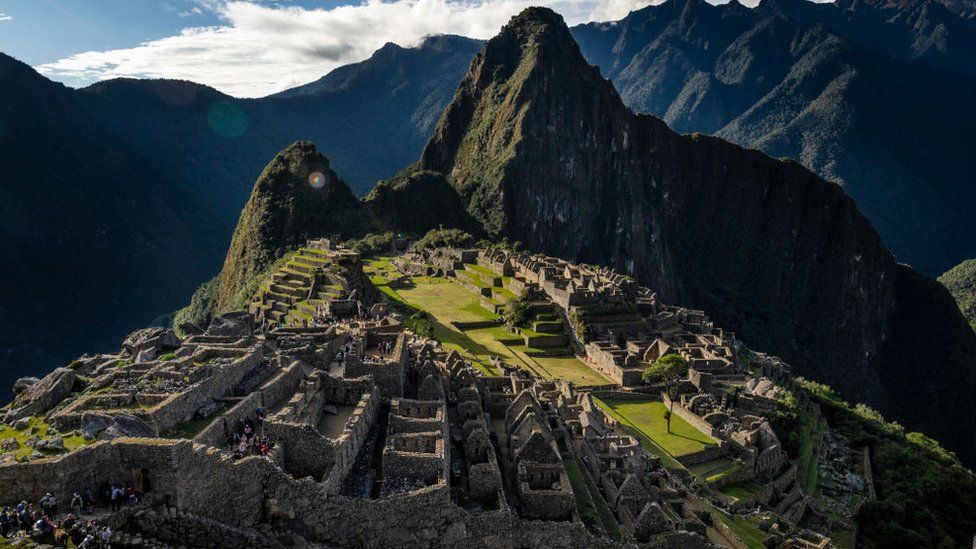
The Citadel of Machu Picchu as a Living Temple
In Andean thought, kawsay animates the universe as vital energy flowing through mountains, rivers, animals, humans, and even stones. The architecture of Machu Picchu reflects this sacred principle. The finely cut stones, fitted without mortar, were not just technical achievements but acts of ayni (sacred reciprocity). Building in this way honored the living essence of the rock, allowing the sami (subtle, refined energy) to circulate freely.
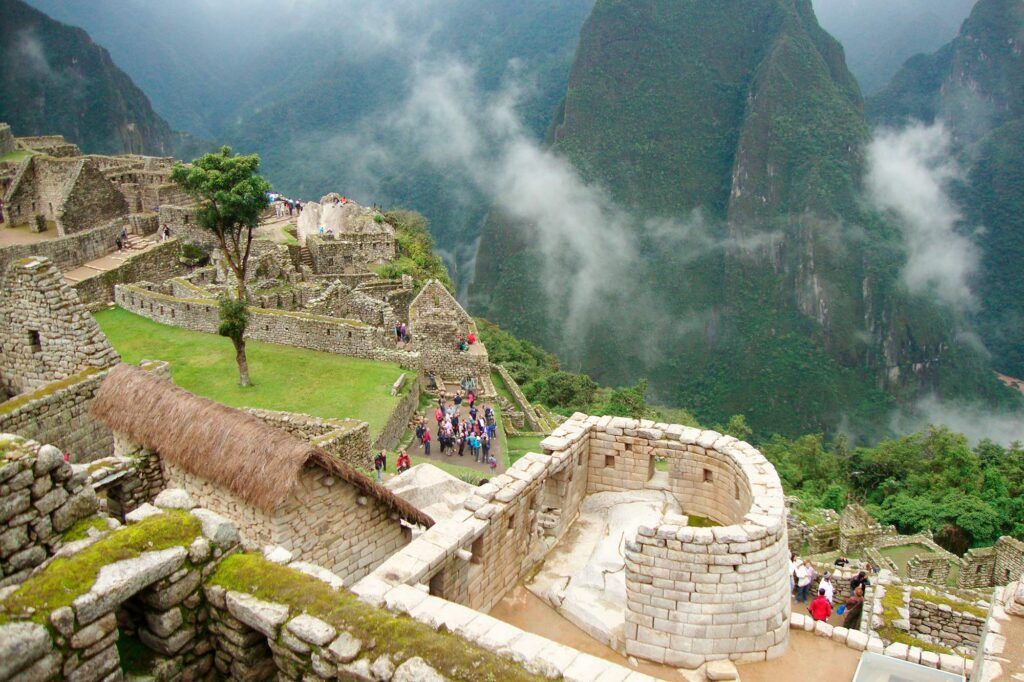
The Temple of the Sun exemplifies this. Its orientation to the solstices reveals an intentional dialogue between the citadel and the celestial cycles of Inti (the Sun). This alignment demonstrates a profound understanding: healing is found when human rhythms are synchronized with the rhythms of the cosmos.
Machu Picchu and the Three Worlds
The Inca cosmology divides existence into three interconnected realms:
- Uku Pacha (the inner or underworld, the realm of origins, ancestors, and subconscious forces).
- Kay Pacha (the here-and-now world of human life).
- Hanan Pacha (the upper world of celestial beings, the divine, and future potential).
Machu Picchu was conceived as a bridge among these worlds. Through ceremonial practices, pilgrims and healers could journey inward to release hucha (heavy, stagnant energy) and open themselves to sami, embodying renewal and balance. The Intihuatana stone, often referred to as the “hitching post of the Sun,” was not merely an astronomical instrument but a spiritual anchor that linked human consciousness to cosmic order.
The Path of the Chakaruna
In Andean tradition, the chakaruna—literally “the bridge person”—is one who mediates between dualities: spiritual and material, human and divine, ancient and modern.
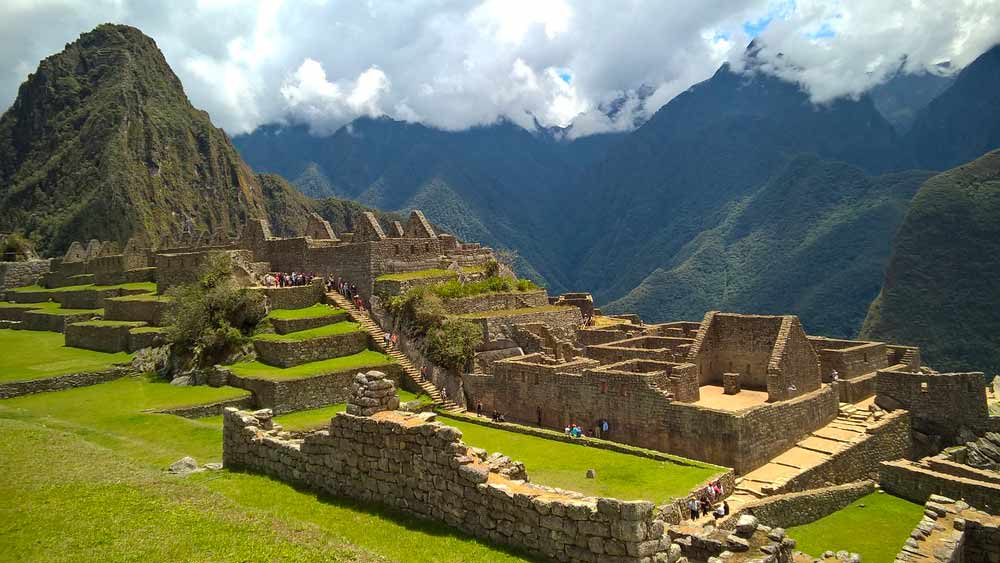
Visiting Machu Picchu can be understood as an initiatory journey, a call to awaken the inner chakaruna.
Walking among its terraces and temples, one encounters not only the genius of the Inca builders but also the invitation to participate in a living dialogue with Pachamama, Apus, and the ancestors.
A Place of Healing and Remembering
To engage with Machu Picchu is to engage with memory—personal, ancestral, and cosmic. At this site, the pilgrim cleanses their energetic body, renews reciprocity with the land, and remembers that healing is not simply individual but collective. The citadel continues to act as a portal, inviting us to remember that we are threads in the vast tapestry of kawsay pacha—the living cosmos.
References
- Reinhard, J. (2007). Machu Picchu: Exploring an Ancient Sacred Center. Cotsen Institute of Archaeology, UCLA.
- Dean, C. (2010). A Culture of Stone: Inka Perspectives on Rock. Duke University Press.
- Zuidema, R. T. (1990). Inca Civilization in Cuzco. University of Texas Press.

